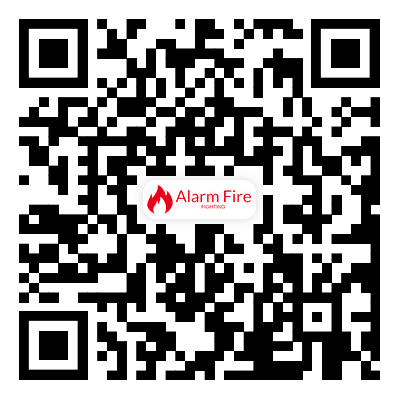Understanding Fire Alarm Systems
2023-11-27
Fire alarm systems are crucial components of building safety, designed to detect and alert occupants in the event of a fire or smoke presence. These systems consist of various interconnected devices that work together to provide early detection, warning, and evacuation guidance. Understanding the components and operation of fire alarm systems is essential for effective fire safety management. Here are key aspects of fire alarm systems:
1. Components:
- Fire Alarm Control Panel (FACP): The central control unit that receives signals from sensors and initiates alerts and responses.
- Smoke Detectors: Devices that detect smoke particles and trigger an alarm when smoke is present.
- Heat Detectors: Sensors that activate when a certain temperature threshold is reached, indicating a fire.
- Manual Pull Stations: Hand-operated devices allowing occupants to manually trigger the alarm when they detect a fire or emergency.
- Notification Devices: Alarms, horns, strobes, or speakers that alert occupants to evacuate the building.
- Communication Devices: Panels, phones, or interfaces that notify emergency services or remote monitoring stations.
- Monitoring and Power Supply: Systems may be connected to central monitoring stations and require backup power sources like batteries or generators.
2. Operation:
- Detection: Sensors continuously monitor for signs of fire or smoke. When activated, they send signals to the control panel.
- Signal Processing: The control panel processes incoming signals, identifies the location and nature of the alarm, and triggers the notification devices.
- Alert and Response: Upon detection, the alarm system initiates warning signals (audible and visual) to notify occupants to evacuate the building safely.
- Communication: In some systems, alerts are communicated to off-site monitoring stations or emergency services for immediate response and assistance.
- Testing and Maintenance: Regular testing, inspection, and maintenance of fire alarm systems are essential to ensure their proper functioning.
3. Types of Fire Alarm Systems:
- Conventional Fire Alarm Systems: Divide the building into zones, providing a general idea of the alarm location.
- Addressable Fire Alarm Systems: Offer precise identification of each device's location, facilitating quicker response and troubleshooting.
- Wireless Fire Alarm Systems: Utilize wireless technology for communication between devices, reducing installation time and complexity.
4. Codes and Regulations:
- Fire alarm systems must comply with local building codes, standards, and regulations. Requirements may vary based on building type, size, occupancy, and location.
Understanding the configuration, maintenance needs, and proper operation of fire alarm systems is vital for ensuring the safety of occupants and minimizing fire-related risks in buildings. Regular testing, inspection, and adherence to safety protocols are essential for the effective functioning of these systems. Consulting with fire safety professionals can ensure compliance and optimal system performance.


